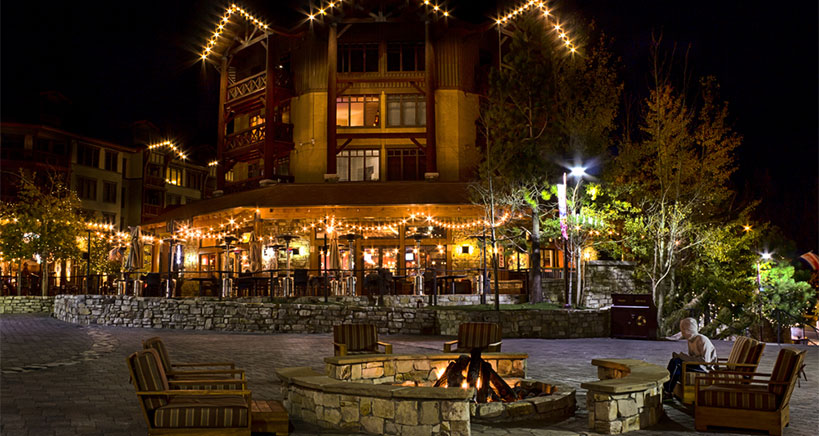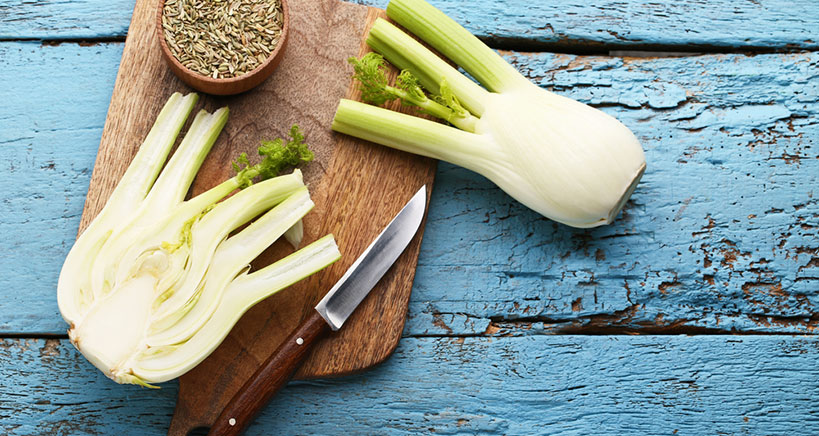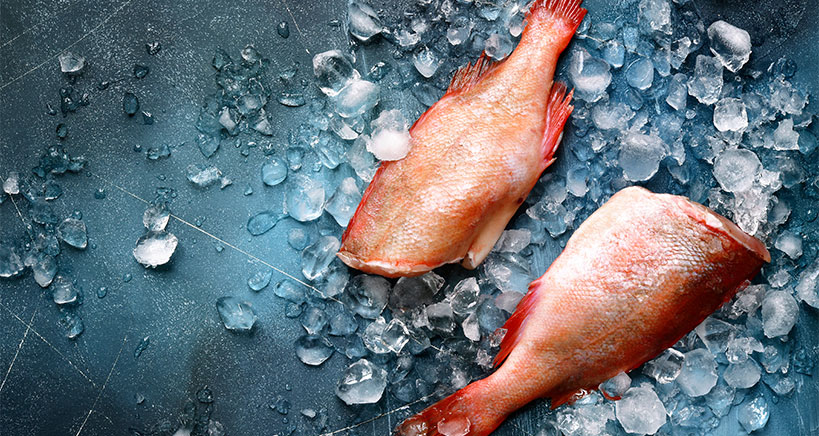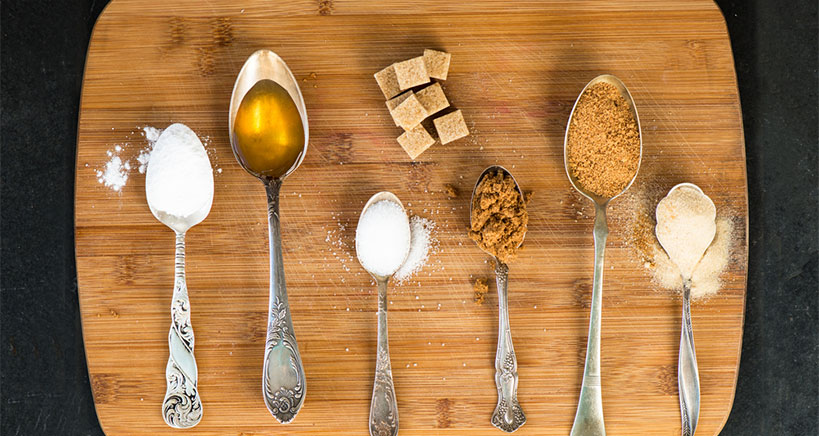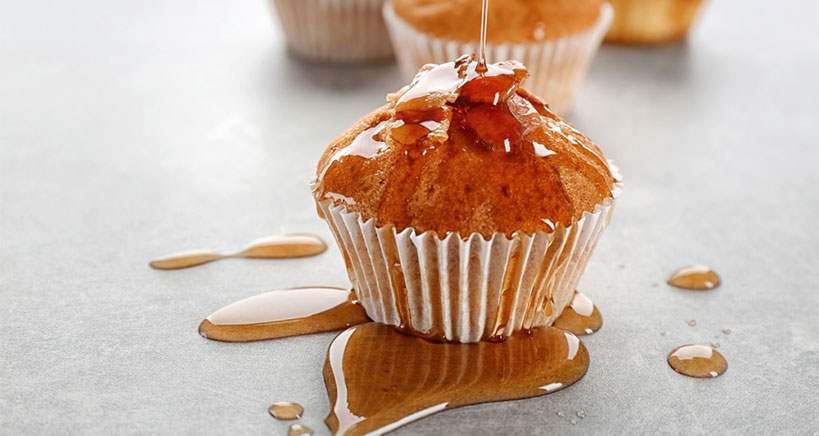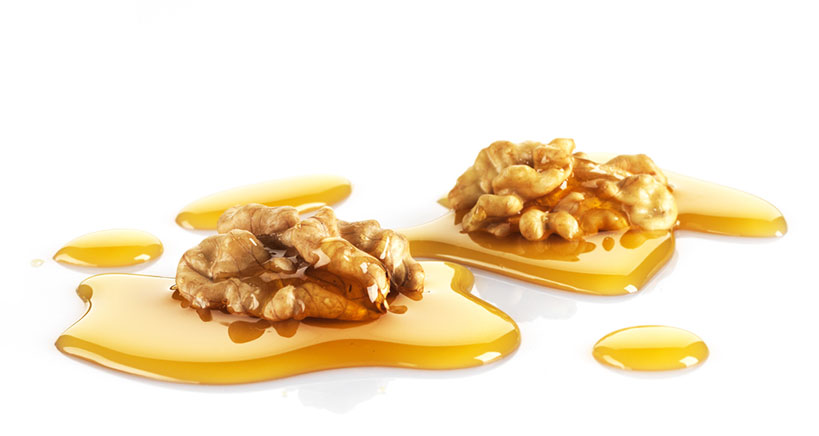
If you work in foodservice and thought food trucks were a thing of the past or a fading trend… think again! Not only is the food truck industry still booming, but according to some experts, it is growing faster than traditional restaurants. From entrepreneurs to seasoned restauranteurs, food business owners continue to use mobile truck services to expand their businesses.
Upscale Food Truck Offerings on the Rise
While traditional fanfare is still on the menu (think sandwiches, salads, pizza and fast food), rising in the popularity charts are upscale food trucks featuring gourmet burgers, seafood, sushi, and even all-lobster menus. And while yesterday’s mobile beverage offerings treated customers to freshly squeezed juices, smoothies, tea, coffee, and fruit salads, making the rounds today are cocktail bars, appearing at classy shindigs in posh vehicles such as limousines and one-of-a-kind vintage cars. These bars-on-wheels are in demand at weddings, rehearsal dinners, graduations, birthday parties, corporate events, fundraisers, and more.
The win-win business paradigm is hard to beat, catering to demand and pleasing customers’ palates while serving as an exciting talking point that garners attention and valuable marketing points for restaurant owners.
Dessert Trucks Take Decadence to the Streets
If you have ever dreamed of starting a bakery business or of offering consumers new ways to satisfy their sweet tooth, dessert food trucks may be right up your alley. One of the hottest trends in the ‘biz, mobile bakeries are proliferating, providing melt-in-your-mouth offerings that range from ice cream, cupcakes, cookies, and cakes to crepes, pancakes, waffles, scones, beignets, brownies, cheesecakes, tarts, pies, donuts, and other to-die-for delights.
